Pro or Neo? if you want to buy a high end Oppo phone this is what you have to consider.
At Oppo’s recent product launch the Find X3 Pro model attracted most of the limelight. However there’s also a very capable Find X3 Neo 5G model which was announced simultaneously and deserves attention.
While the $1699 Pro clearly has better specifications than the $1199 Neo, the Pro also costs 30% more than the Neo so are these higher specs worth an extra $500?
Compared to last year’s Find X2 Pro it’s disappointing that this year the Find X3 series is a bit more expensive while dropping from Gorilla Glass 6 to 5, 5x optical camera zoom to 2x and only has max 256GB storage (no 512GB option.
Unboxing
Inside the box for the Pro you’ll find the phone, 65W SuperVooc 2.0 charger, USB-C SuperVooc cable and oddly, considering the effort OPPO has gone into designing the lovely metal look for the X3 Pro it’s free bumper case is solid black rather than clear.
Inside the box for the Neo you’ll find the phone, 65W SuperVooc 2.0 charger, USB-C SuperVooc cable and more sensibly the free bumper case is clear so you can use it and still see the Galactic Silver change colour as the light hits it from different angles.
Setup and ColorOS 11 Interface
A few years ago OPPO’s ColorOS was a wannabe iOS clone and wasn’t very polished in how it worked.
Now all that has changed. ColorOS 11 continues OPPO’s improvement over time to the extent that it’s a leading example of how to design a helpful fast Android user interface with nice touches like being able to change icon style, font and even optimise the colours displayed to suit your needs if you’re colour blind.
While the Pro and Neo have a slightly different version of Color OS 11 there was no discernible difference between the two phones.
Look, Finish and Battery Life
Besides the camera bump which is much more fluid on the Pro, both phones look great and have the same top left small hole punch unobtrusive location for the selfie camera.
No one would think either the Pro or Neo is ugly but as long as you use it without a case or with a clear case the Pro wins the looks contest because of it’s liquid metal like finish reminiscent of the T-1000 in Terminator 2.
Both have a slightly curved screen but not enough to cause me many touch issues. Personally I wish the fashion for curved screen edges ended and screens were flat. Continuing on the external specs the Pro is IP68 rated to resist water, dust and dirt while the Neo doesn’t have an IP rating.
The Neo (159.9 x 72.5 x 7.99mm 184g) is slightly smaller in all dimensions and 9 grams lighter than the Pro (163.6 x 74 x 8.26mm 193g) but both have the same battery capacity at 4500mAh and similar battery life ending the day about 30% with similar usage (using Optus 4G and Telstra 4G). My suburb isn’t in a 5G coverage area.
As has been the case for a while OPPO leads the way with really fast and reliable fingerprint unlock. This is the case for the Pro and Neo.
Something else that’s the same is the ultra fast Super VOOC 2.0 65W charging which as promised charged both phones from flat to 100% in half an hour. Within 22 minutes the phones were already at 83% so you don’t even have to wait half hour to get a full day’s worth of charge.
This wired charging speed is a significant advantage over Samsung’s top end phones which all charge at a much slower pace. The Pro also has 30W wireless charging but you have to buy that accessory separately.
Cameras Compared
On paper the Pro and Neo have the exact same main 50MP camera and 2x optical zoom camera so I expected taking the same photo subject for these with each phone to have a similar result. I was wrong.
The other cameras are quite different as the Pro Ultrawide has the same premium 50MP Sony camera sensor as the Pro main camera, whereas the Neo has a more basic 16Mp ultrawide. The Pro has a special microscope lens as well as being able to take good macro closeups. The Neo doesn’t have a microscope lens and was not very good at taking macro photos (see flower example).
Quite consistently the Pro took photos I liked better more often for the main camera as well as the ultrawide, zoom and macro. Possible reasons are that the Qualcomm 888 image processor in the Pro is substantially superior to the Qualcomm 865 image processor in the Neo and the Ultrawide in the Pro is probably the best wide angle phone camera I’ve used.
Judge for yourself, the mixture of photos below are Pro on the left and Neo on the right.
Pro or Neo: which should you buy?
On paper many aspects of these two OPPO phones are the same eg: 256GB storage, 12GB RAM, main, selfie and zoom camera sensor, charging speed, Wi-Fi speed, fingerprint unlock, NFC, speed and battery capacity. However in practice the camera capability is quite different.
In other aspects the specifications are different but not so far apart as to make much practical difference in real life for most people eg: Pro looks gorgeous and Neo looks nice, Qualcomm 888 vs 865, 120hz vs 90Hz screen refresh, peak brightness of 1300 vs 1100 nits and while both have have excellent AMOLED screens the Pro is better because it can display 10 bit colour at a higher PPI.
To my surprise the big real life difference was the camera quality. If you take a lot of photos then the choice is clear buy the Pro. Otherwise if you don’t use your camera often you’ll save $500 and get many of the core benefits buying the Neo.
Something to note for both phones is that if you plan on keeping them for longer than 2 years OPPO doesn’t guarantee software updates past that point, whereas Samsung promises 4 years.


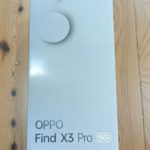

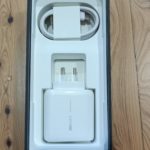
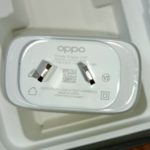

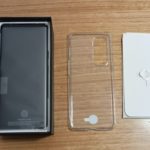
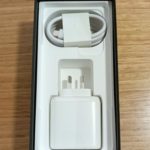
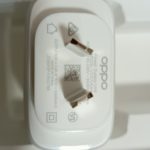



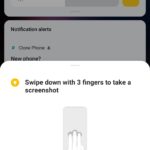
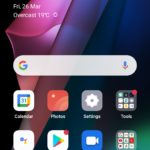
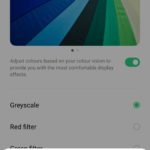



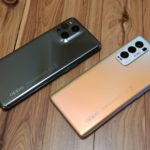

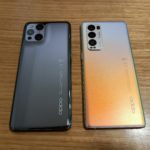
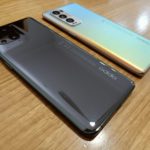
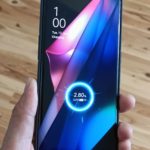
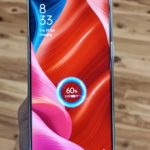























great to see site promoting oppo and their sub brands like oneplus and realme. hope they also share site ur data with them 🙂
Neerav, where is the front facing mic, on the Neo? You can see the hole for the front facing mic, in the camera array on the Pro.
How bad was wind noise, when recording video, on both?
With the iPhone 12 Pro and Pro Max, due to it having its front facing mic far too close to the lenses of the camera array, there’s no way to put a wind muff over it, so wind noise can get very bad. The X3 Pro looks to have followed that design Bad Idea.